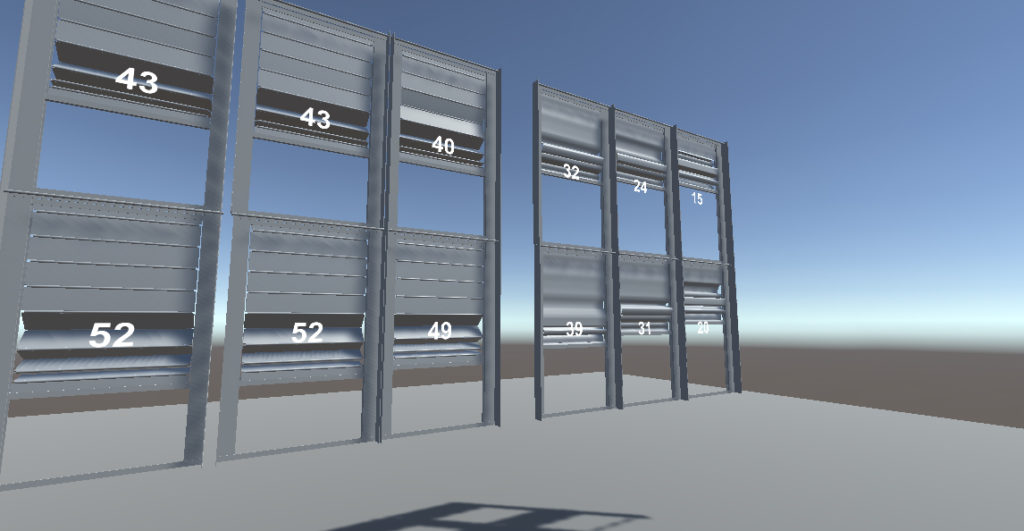
One of my favorite use cases of the interactive systems are intelligent responsive environments. Such scenarios not only lend themselves to a seamless integration of arts and design. They also offer an immediate and tangible improvement to the perceived quality of life.
When I was approached by my colleague and collaborator Matt Wagner to explore a potential collaboration, first thing we set out to do is learn more about each other’s work and interests. I was immediately captivated by his Flower Wall project that focused on beautiful metal shades populated with flower patterns. Each flower’s petals could adapt the openness and therefore porousness of the overall shade in response to different stimuli, including the amount of desired light inside the space and/or user preferences. This made me wonder, if there could be a similar concept applied to the room acoustics, while offering similar benefits of light occlusion, and a sense of privacy.
The result of this exploration is the Aural Surface. It is a modular shade fitted with a foldable or stackable sound insulating material. Using a Raspberry Pi computer and a battery of affordable sensors, it can be programmed to intelligently respond to human presence, various use contexts, and individual preferences. Below is a screenshot of its virtual rendition generated using Unity3D and with the help from my long-term collaborator and talented 3D designer Prof. Dane Webster.

As part of the project the research team realized the need for virtual rendition of its potential use cases which warranted the exploration of Augmented Reality. In its current iteration it leverages Unity3D to provide this functionality in conjunction with a motion capture system, like the one found in the Virginia Tech Cube. The prototype has been presented at a number of architecture-centric conferences, as well as to several potential industry partners. The research team continues to work on finalizing the physical design and implementation and is currently exploring potential commercialization opportunities.
Research Team:
Matt Wagner (Pi VT)
Ivica Ico Bukvic (Co-PI)
Dane Webster (CU Denver)
Research Publications:
- M. Wagner, I. Bukvic, and D. Webster, “Using Immersive Digital Environments to Evaluate the Effectiveness of Multi-Sensory Responsive Surfaces,” Architectural Research Centers Consortium Conference: Architecture of Complexity, Salt Lake City, Utah, 2017, pp. 212-221.
- M. Wagner, I. Bukvic, and D. Webster, “Using Immersive Digital Environments to Design a Responsive Surface for Educational Multi-Use Spaces,” The International Journal of the Constructed Environment Special Issue: Urban Regeneration in Contemporary Crisis, 2017.
- M. Wagner, I. Bukvic, and D. Webster, “Immersive Data Visualization Informs the Design of a Responsive Surface,” Between Data and Senses: Architecture, Neuroscience and the Digital Worlds, 2017.
- M. Wagner, I. Bukvic, and D. Webster, “Using Immersive Digital Environments to Design a Responsive Surface for Educational Multi-Use Spaces,”Seventh International Conference on the Constructed Environment, Krakow, Poland, 2017.